
Discover Japan by Destination
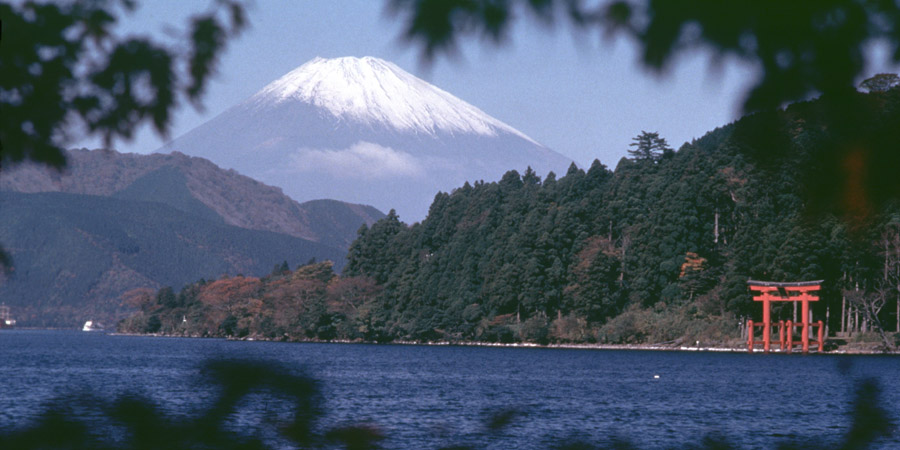
Hakone National Park
Hakone National Park (or, to give it its full name, 'Fuji-Hakone-Izu National Park) was established as a protected space in 1936. Although the park covers a large area collectively, it is not all connected - more that the conservation efforts are dispersed tourist sites throughout the region. The largest attraction in both size and popularity is Mount Fuji, Japan's largest mountain at 12,389 feet (3,776 metres) tall.
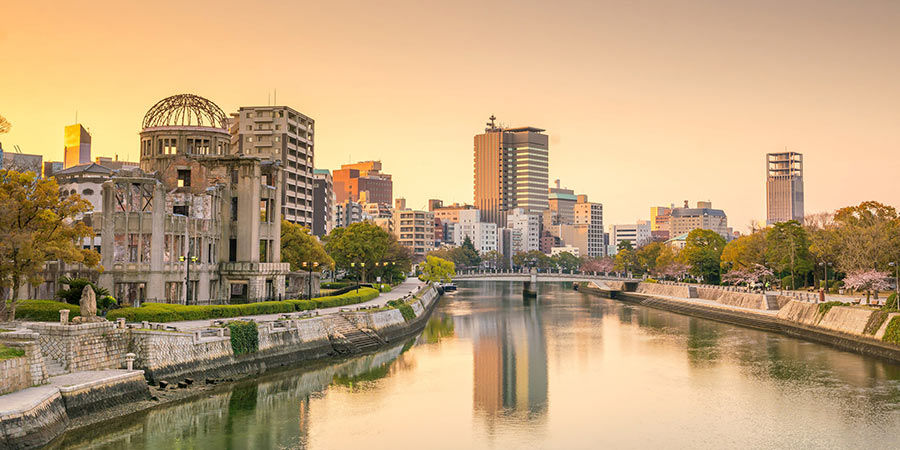
Hiroshima
Situated in the west of Japan's largest island, Hiroshima is clearly best known for being destroyed after the United States Air Force dropped an atomic bomb on the city on 6th August 1945. About 140,000 people were killed in the immediate aftermath of the explosion, and a further 400,000 people died from the effects of the bomb. Approximately 90% of the city was levelled in the sheer destruction, and Hiroshima's busiest commercial district was eradicated - leaving an open field. This was turned into the Hiroshima Peace Memorial Park, which opened on 1st April 1954. The city's annual memorial ceremony, held on the anniversary of the destruction, always takes place in the park.
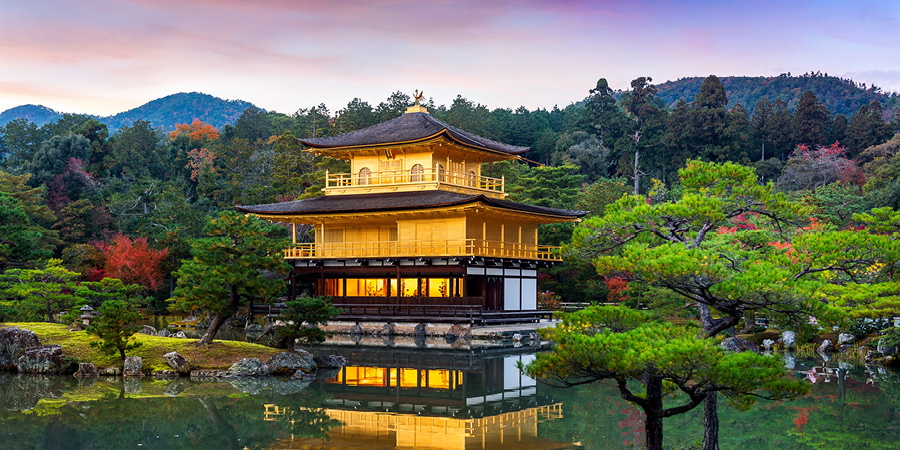
Kyoto
Enjoying a central location on Honshu, Japan's main island, Kyoto was first settled in the 7th century AD, and by 794 it was the capital of Japan. Holding this position until the Imperial Restoration in 1868, Kyoto naturally developed into a large city of wealth and affluence. Kyoto was always the country's largest city, and though this has changed since Tokyo became the capital, it is still a considerable size, and is home to the headquarters of huge companies such as Nintendo.
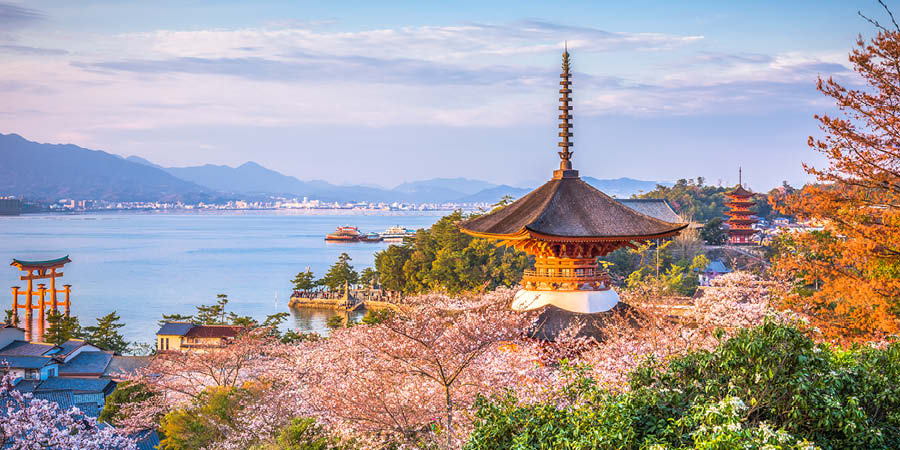
Miyajima Island
Just off the coast from Hiroshima, Miyajima Island - otherwise known as Itsukushima - is generally seen as sacred. Trees cannot be cut here, and some animals including monkeys and deer can roam freely. To further preserve the apparent purity of the island, children cannot be born here. Pregnant women have to travel to the mainland when their due date nears, and can only return after the birth.
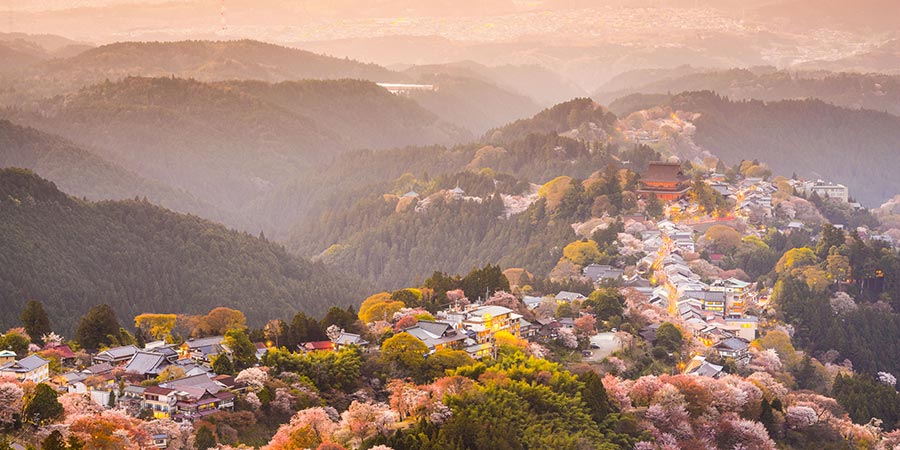
Nara
Nara was the capital of Japan from 710 to 784 AD, which meant that it expanded quickly as an ancient city. Whilst its centre-stage role in Japanese history was short-lived, it was still home to a number of significant sites and monuments that are culturally important and remain major tourist attractions today.
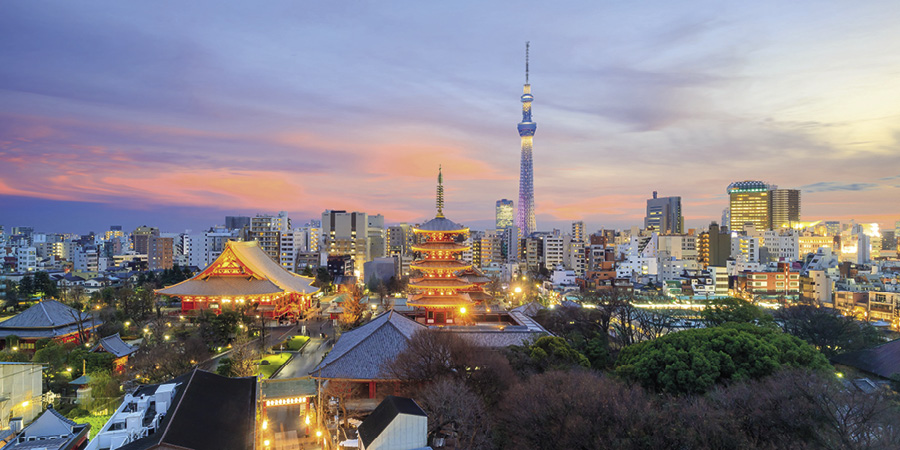
Tokyo
Effortlessly blending the old and the new, Tokyo is a city that defies definition. Cutting edge technology sits alongside ancient temples, flashing neon lights, and shining skyscrapers towering above stunning Shinto shrines. Tokyo is one of the world's leading economic centres, and with its population of almost 13 million people, is the most populous city on the planet. Tokyo only became Japan's capital in 1868. Before then it was a small settlement known as Edo, but with the restoration of Imperial rule, the city became the showpiece of a rapidly modernising country.
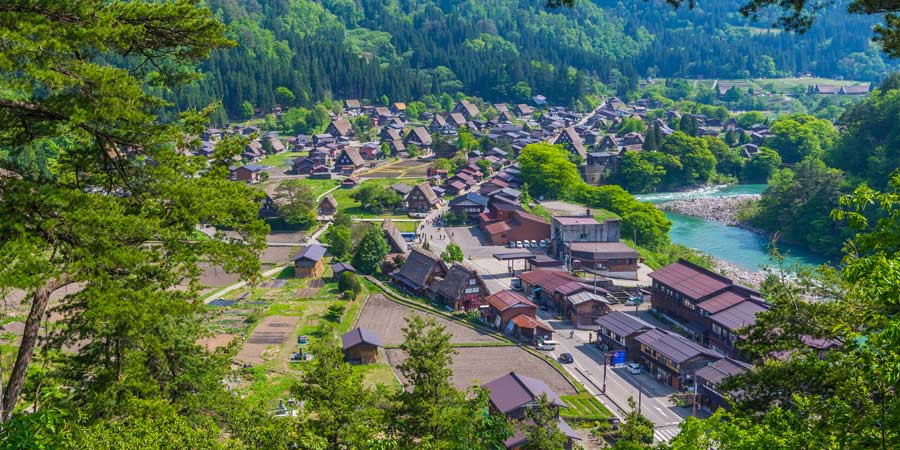
Takayama
'Takayama' means 'Tall Mountain', and the name refers to the town's setting high in the Japanese Alps. The town is known to have been inhabited when Nara was the capital of Japan (between 710 and 784 AD), but it was only when Takayama Castle was built in the late 16th century that it really began to take shape. The town was always governed along with the rest of Japan but, being high in the mountains and therefore harder to access, it enjoyed a level of relative independence and developed its own culture.